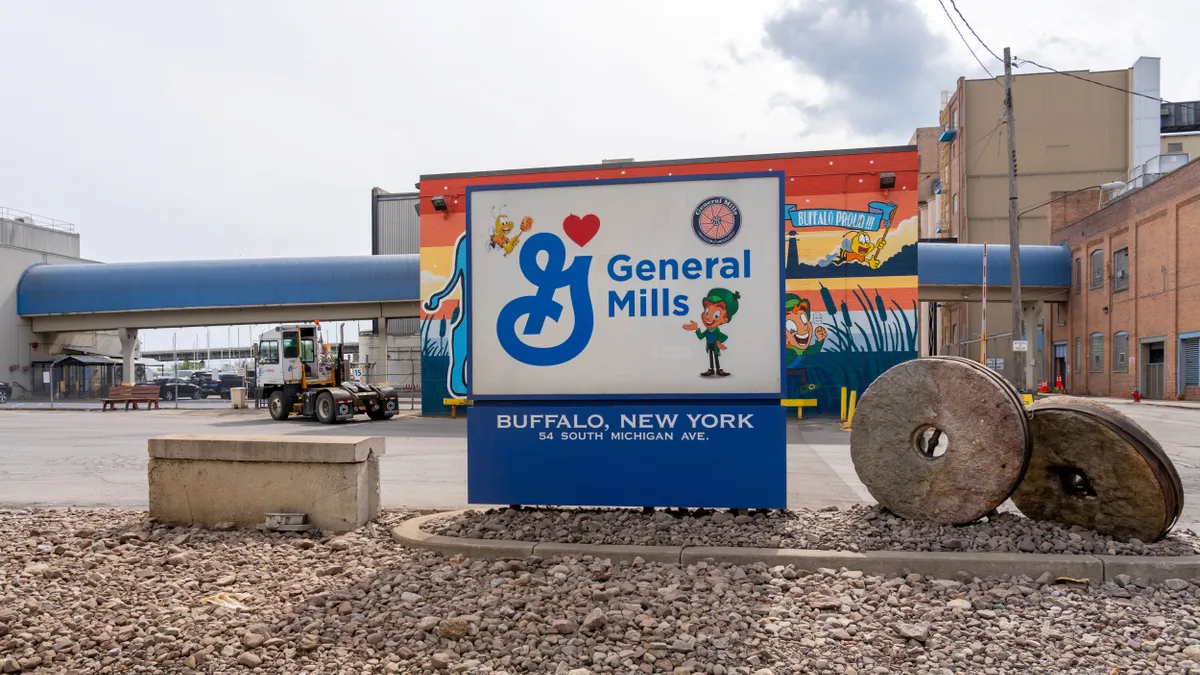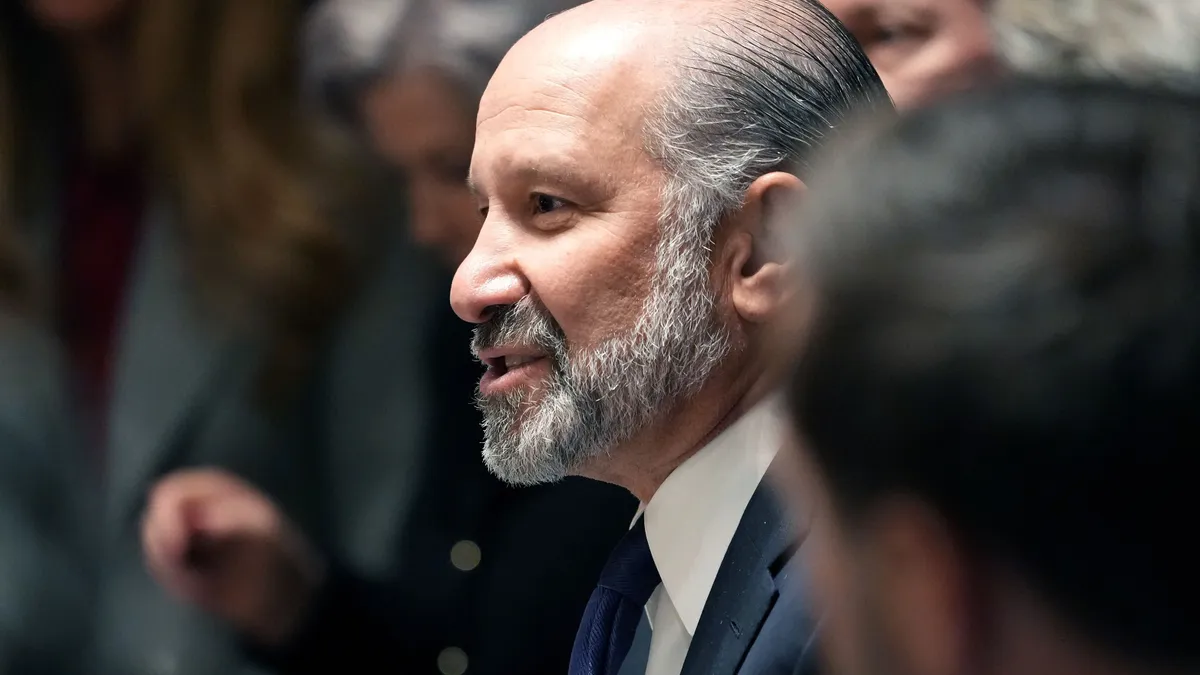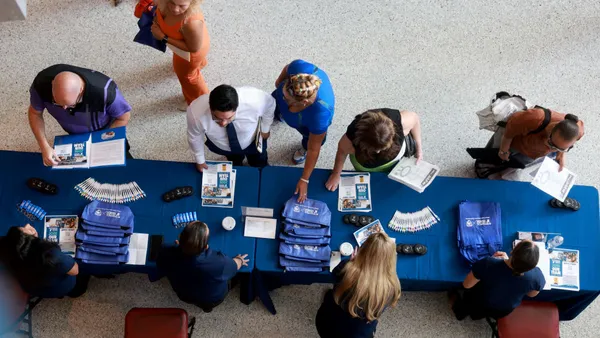When Johnson Controls VP & CIO Diane Schwarz worked at Bell Helicopter, a mainframe replacement project led the company to sort existing applications by which U.S. president they were built under.
The oldest application harkened back to Lyndon B. Johnson.
An aging tech relic sitting within the company tech stack helped illustrate for the team "how old, and therefore fragile, something can become," said Schwarz, speaking Thursday at Forbes CIO Summit. "We can't be running on things that are that old."
CIOs frequently inherit mountains of technical debt, aging technology that's a byproduct of mergers and acquisitions. Post mergers and acquisitions, CIOs can communicate the urgency of tech modernization to company leadership, sustain tech advancements previously made and keep the customer at the center of the process.
To manage technical debt, you can't stifle ongoing modernization efforts, according to Roshan Navagamuwa, EVP & CIO at CVS Health. The ideal approach for a company such as CVS Health — which through acquisitions and mergers ended up with "a fair share" of technical debt — was to build on the existing work of previous leaders.
"Coming in, I took a look at what was already in flight," said Navagamuwa. "What I found was that each of the companies had their strategic priorities, most of it was essentially around trying to buy down the debt by consolidating applications and systems from many to few."
With the consumer in mind, Navagamuwa laid out a strategy to make the company's tech applications — things like point of sales or claims processing systems — become "more atomic," and work together in a composable way to improve the consumer experience.
In her current company, tech integration advanced in the employee experience side, Schwarz said. But customer experience "wasn't front and center or the north star of all of that integration that we needed to work on." Now, the company's working to offer "one face of Johnson Controls" to customers interacting with the brand, said Schwarz.
Weighing the impact of tech debt
Technical debt stares down companies as they adjust to change. It's a clear lesson from the pivot to remote work, and a critical piece toward embracing a hybrid work model.
But modernizing to meet customer needs isn't cheap. IT spending is set to reach $4.1 trillion in 2021 globally, an 8.4% year-over-year growth spurt, according to Gartner projections. Pent up modernization needs, coupled with the demand for tech talent, is pushing companies to expand their use of outsourcing.
At Johnson Controls, the CEO and leadership team recognized how critical integration projects are to becoming an agile digital company, said Schwarz. "You can't be agile, digital, if a system is older than your adult children."
Part of the role of the CIO is to communicate digital priorities to the rest of the leadership team, a task somewhat eased by technology's pervasive role in business priorities and the clear impact tech outages can have on productivity.
Never letting a crisis go to waste helped push integration projects forward at Johnson Controls.
"We've had some very painful outages," said Schwarz. "I sure don't like to manage with fear or threat, but it is very real for us to say: 'This outage, potentially cost us X dollars of revenue or margin.'" Tech modernization impacts the customer, in that a downed system can prevent them from ordering products.
Communicating the importance of modernization to business leaders also touches on the customer experience, said Navagamuwa."Legacy and tech debt slows you down," he said. "It creates a disjointed experience because consumers can tell if you try to patch old things together."
In care management especially, a disjointed tech stack hampers care management, said Navagamuwa.
"How can you take care of a patient if clinical information is just aggregated across tens of systems?" he said. The systems "might have been fit for purpose the day they were born, but they've now become an impediment and they've fragment that care experience."




















